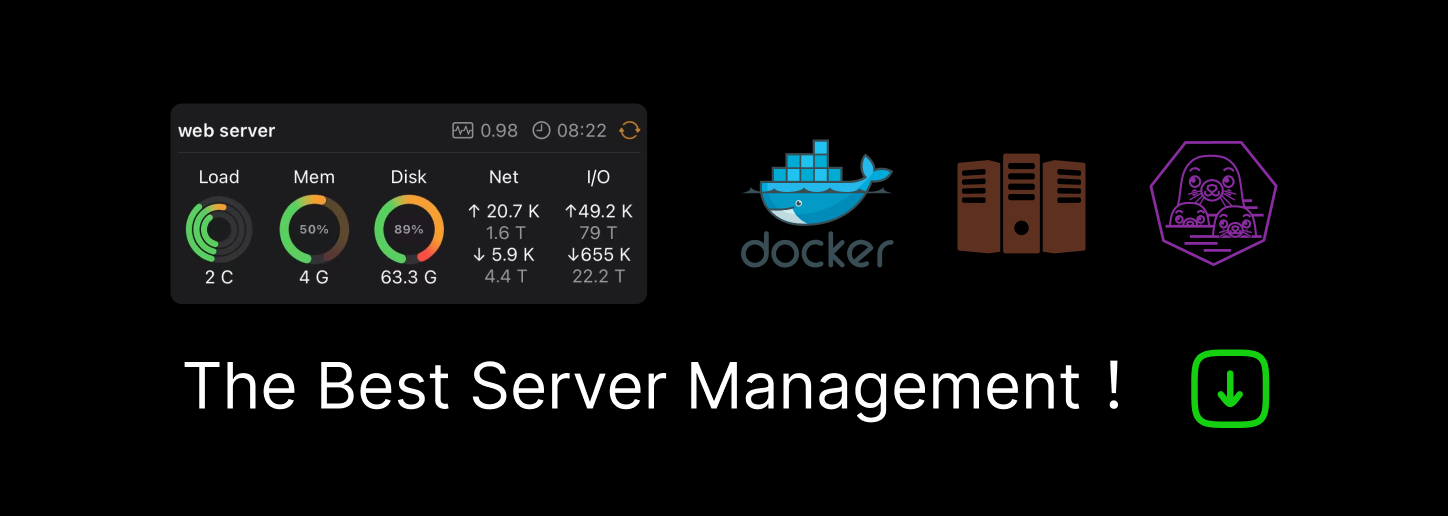

Getting Started with PSCustomObject in PowerShell
source link: https://petri.com/getting-started-with-pscustomobject-in-powershell?utm_campaign=getting-started-with-pscustomobject-in-powershell
Go to the source link to view the article. You can view the picture content, updated content and better typesetting reading experience. If the link is broken, please click the button below to view the snapshot at that time.

Getting Started with PSCustomObject in PowerShell
It has always been very easy to create hashtables and arrays in PowerShell, but there are times that a generic object comes in handy. Both hashtables and arrays are collections of objects, but a PSCustomObject is constructed of properties and values. PSCustomObject’s can be stored in arrays and hashtables, but ultimately they are intended to be a collection of properties.
When you need to store data in a structured format that can be extended upon, or in a more ordered fashion, PSCustomObject works great!
Creating a PSCustomObject in PowerShell
The fastest and easiest way to create a PSCustomObject is to use the following method, which works in all versions of PowerShell 3.0 and above.
You can also use the
New-Object -TypeName PSObject -Property @{}which will work in earlier versions of PowerShell, but it is also slower. This speed comes into play when you need to create or manipulate many objects in a script.
You will notice that there appears to be a hashtable appended to the type declaration, [PSCustomObject], this is because we are passing the properties and values as key-values, best suited for a hashtable. The other benefit to this approach is that the PSCustomObject properties are ordered, unlike in a traditional hashtable where the keys will not maintain their initial order. Each of the created properties will be a NoteProperty like a typical PowerShell object.
Of course, we have created an empty PSCustomObject, which doesn’t do much good. How do we add properties? In the old days, we would use Add-Member to add properties to an existing object. There is an easier way, on initial object creation.
Great! We have properties now, but often in a script, you may need to add an additional property. This is where Add-Member is still handy. You can use this with PSCustomObject as seen below.
Now that we have our custom object, read on to learn how to access the properties!
Returning Properties from a PSCustomObject
Just creating an object doesn’t do much good, so how do we go about retrieving the members? Just like any other typical PowerShell object, we can simply pass the name of the property using dot-notation to the object. There are three flexible ways to be aware of, as shown below.
As you can see from above, there are a lot of ways that we can address a property using PSCustomObject. What else can we do with our PSCustomObject? To find out, read on!
Extending our PSCustomObject
Ok, so now that we have a basic object what can we do with it? Since this is a standard PowerShell object, we have the ability to use more than just a NoteProperty on the object. Most of the time you will just use the key-value pair that is a NoteProperty, but we can actually extend the object to use an evaluated ScriptBlock every time the object is accessed. Let’s create a new object with two properties, one that is a NoteProperty and the second, which is a ScriptBlock that just returns the output from Get-Date.
You may notice on subsequent runs that the value of DateTime is not updating. That is because the output is evaluated on the creation of the object. If we want to have this code dynamically evaluated we need an actual ScriptProperty member type. To do this, we need to use Add-Member as shown in the following.
As you can see from the above code, each time the code is run the DateTimeDynamic is evaluated and returned.
Bonus! Returning a Function as a Property
Even cooler is the ability to return a function as a property! Simply assign the function to a property name and it will run and store the value in the memory of the object the first time it is run.
Conclusion
As you can see, PSCustomObject is incredibly useful. There are many possibilities that the object unlocks, especially with the ScriptBlock and ScriptProperty methods. With the ability to evaluate a function as a value as well, you can easily extend the object in to unique use cases. Explore PSCustomObject and see how it can be added to your scripts today!
Recommend
-
 7
7
Getting VM Tags across vCenters using PowerShell & REST APIs Published January 23, 2019 by Joshua Stenhouse
-
 11
11
In this article, we are going to have a look at how to access data in Power BI from PowerShell. Scenario The scenario I was working with before writing this article was a business process needing a notification based on a th...
-
 5
5
Video: Getting started with Secrets Management for PowerShell Back in December, Mike Kanakos presented a session on “Getting started with Secrets Management for PowerShell” for our Decemb...
-
 8
8
MSPSUG December 8, 2020 Virtual Meeting: Getting started with Secrets Management for PowerShell For our December 8, 2020 Mississippi PowerShell User Group virtual meeting, Mike Kanakos wi...
-
 8
8
PowerShell DSC: tips to get started right now PowerShell is a fantastic tool for automating tasks, managing computers, and even making your evening meal. Just kidding, of course, or am I? PowerShell, as you know, is a tool that run...
-
 16
16
PSArm – PowerShell DSL For Azure Resource Manager – Introduction #PowerShell #AzureResourceManager Those who worked on Azure Resource Manager (ARM) templates understand that complexity of writing and making sure that the templ...
-
 11
11
Getting started and Learn PowerShell on Microsoft Learn! HomePowerShellGetting started and Learn PowerSh...
-
 10
10
VideoVideo: Level up your PowerShell experience, getting started with Pester Back in May, Jaap Brasser presented a session on...
-
 9
9
使用 Json.NET 序列化 PowerShell PSCustomObject 物件-黑暗執行緒遇到特殊需求,PowerShell 產生 JSON 時需將中文字元轉成 UNC (Unicode Character Name,例如 "\u9ED1\u6697\u57F7\u884C\u7DD2"),之前處理過
-
 2
2
PowerShell for the SQL Server DBA – Environment Setup By: Alejandro Cobar | Updated: 2021-10-29 |
About Joyk
Aggregate valuable and interesting links.
Joyk means Joy of geeK